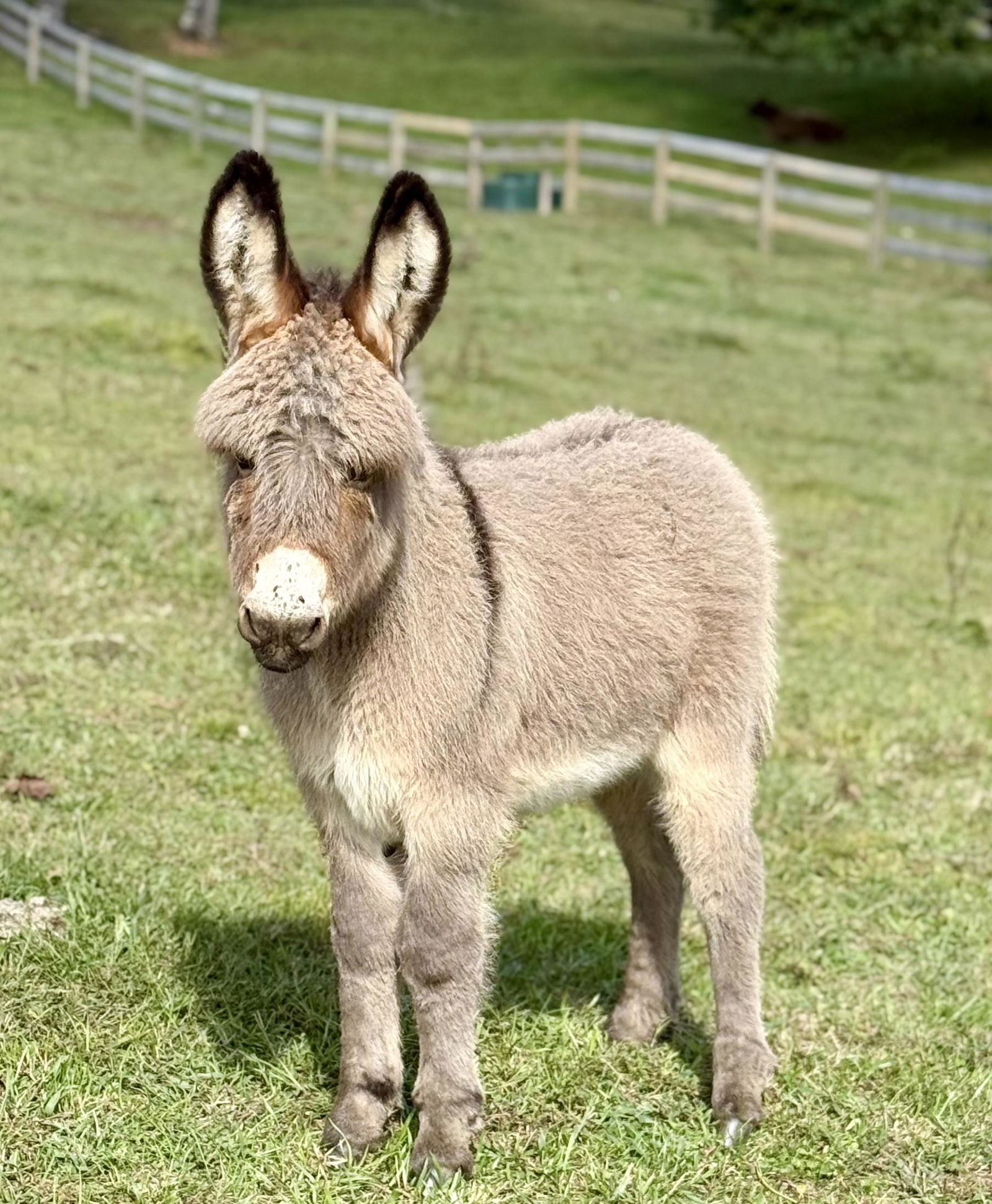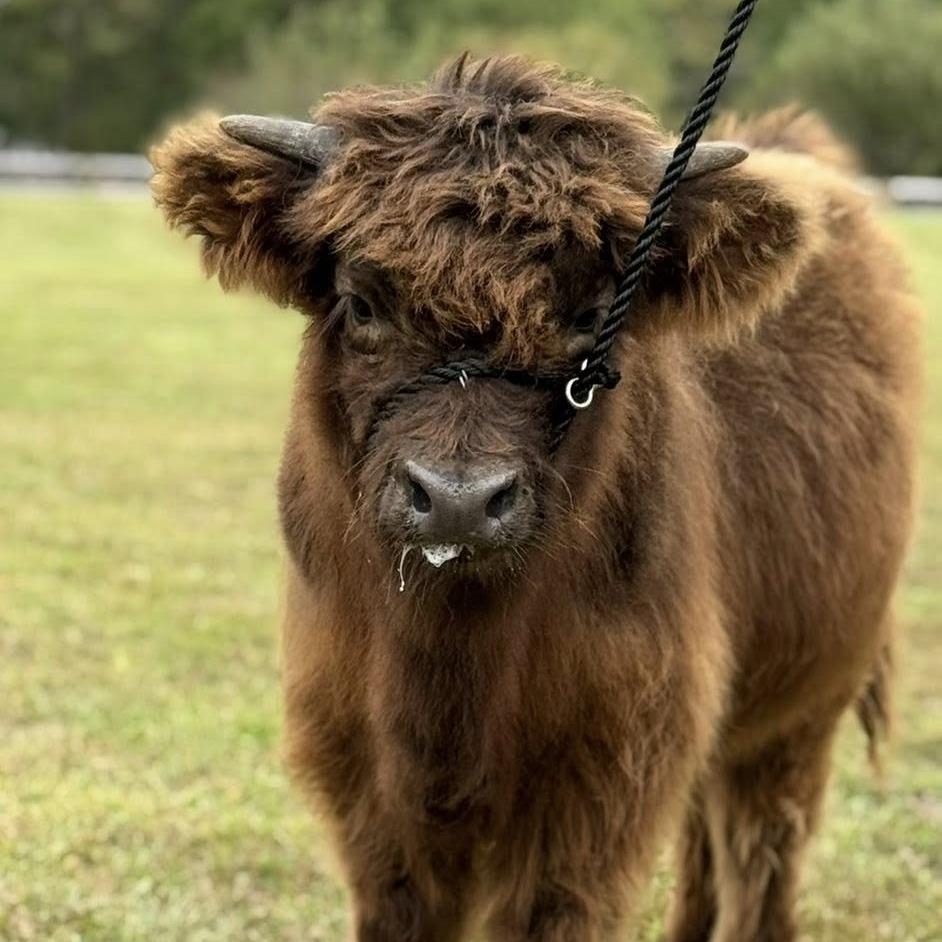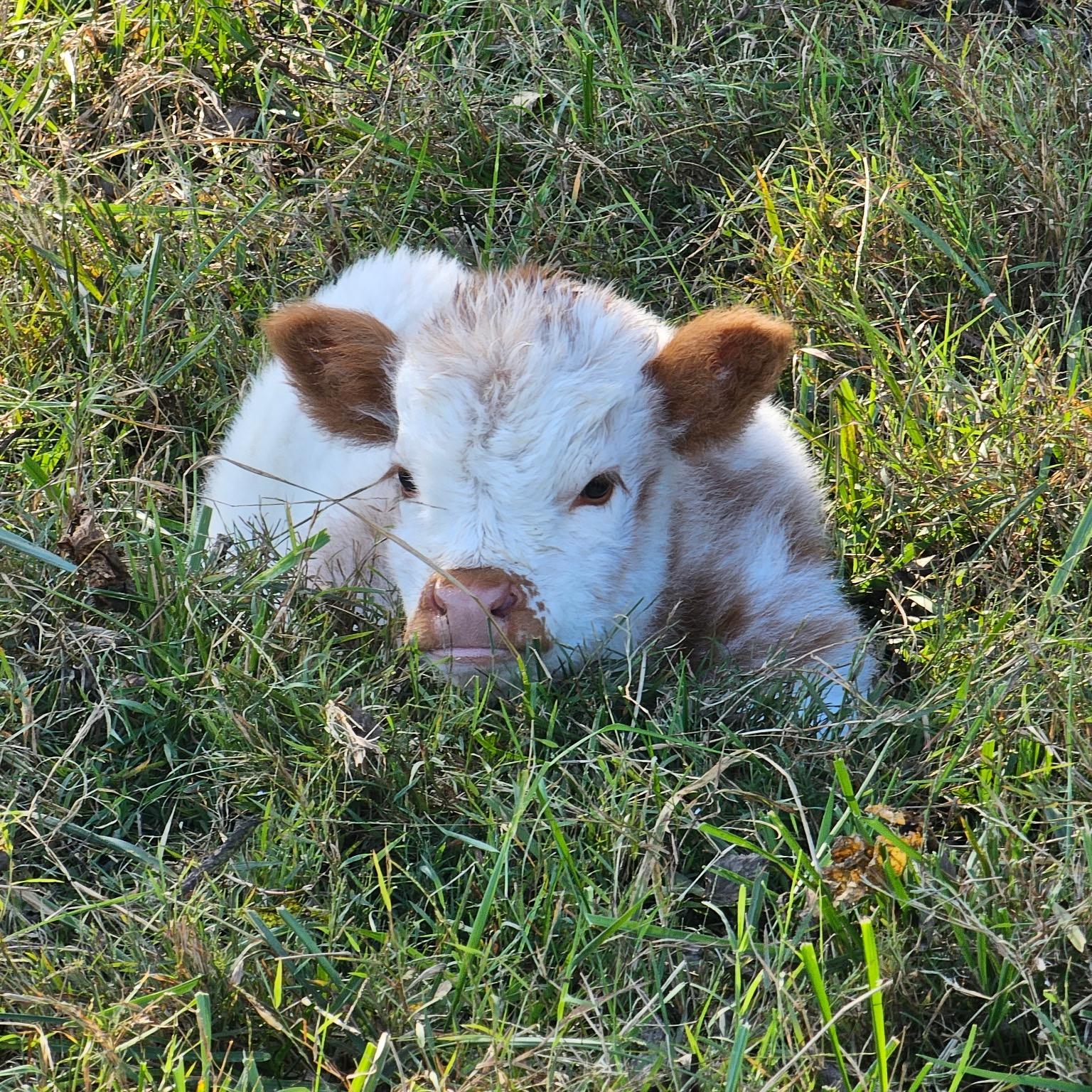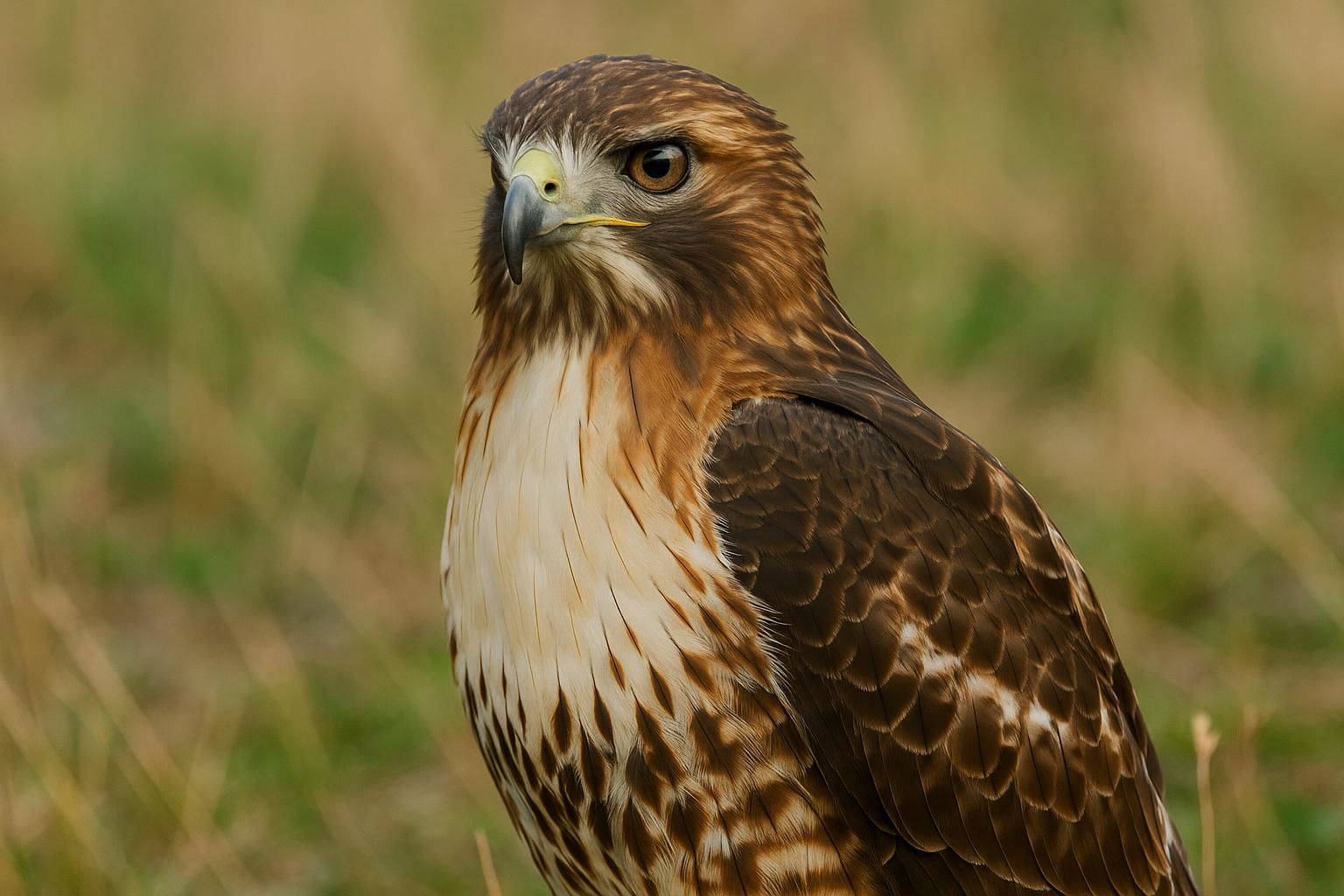
Red-Tailed Hawk
Buteo jamaicensis
The Red-Tailed Hawk (Buteo jamaicensis) is a robust and versatile raptor, widely found across North America, where it adapts to diverse habitats such as deserts, grasslands, forests, and urban areas. This large bird of prey is easily recognized by its broad, rounded wings and characteristic rusty-red tail, from which it derives its name. Adult Red-Tailed Hawks display a striking contrast of dark brown plumage above and a lighter, whitish underbelly, often adorned with a dark band of streaks across the belly. Juveniles, however, lack the reddish tail until their second year.
Known for its keen eyesight and formidable hunting skills, the Red-Tailed Hawk preys primarily on small mammals like rodents and rabbits but is also known to consume birds, reptiles, and carrion when available. These hawks are often spotted soaring high in the sky, taking advantage of thermal updrafts, or perched conspicuously on trees or power lines, scanning the ground for movement.
Red-Tailed Hawks are monogamous and typically exhibit strong territorial behavior, especially during the breeding season, which begins in late winter to early spring. Their nest, a large structure made of sticks, is often built at considerable height in tall trees or on cliff ledges. Known for their distinctive, piercing call, these birds play a crucial ecological role in controlling rodent populations, acting as both predators and indicators of environmental health. Resilient and adaptable, the Red-Tailed Hawk flourishes even in the face of habitat modification, embodying a successful story of avian adaptability.

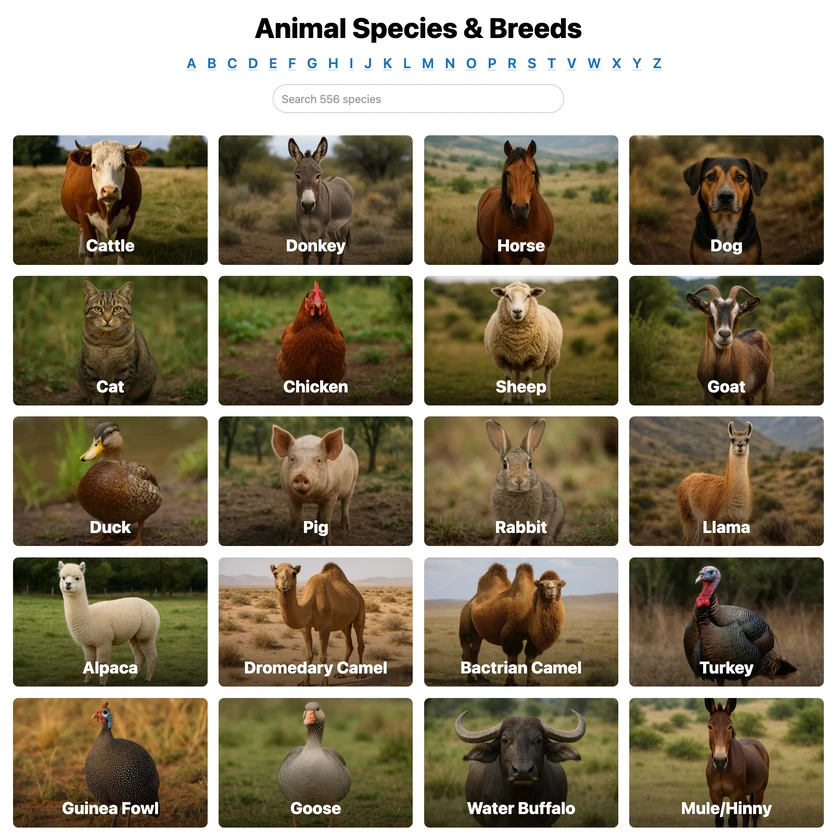 All Species & Breeds
All Species & Breeds
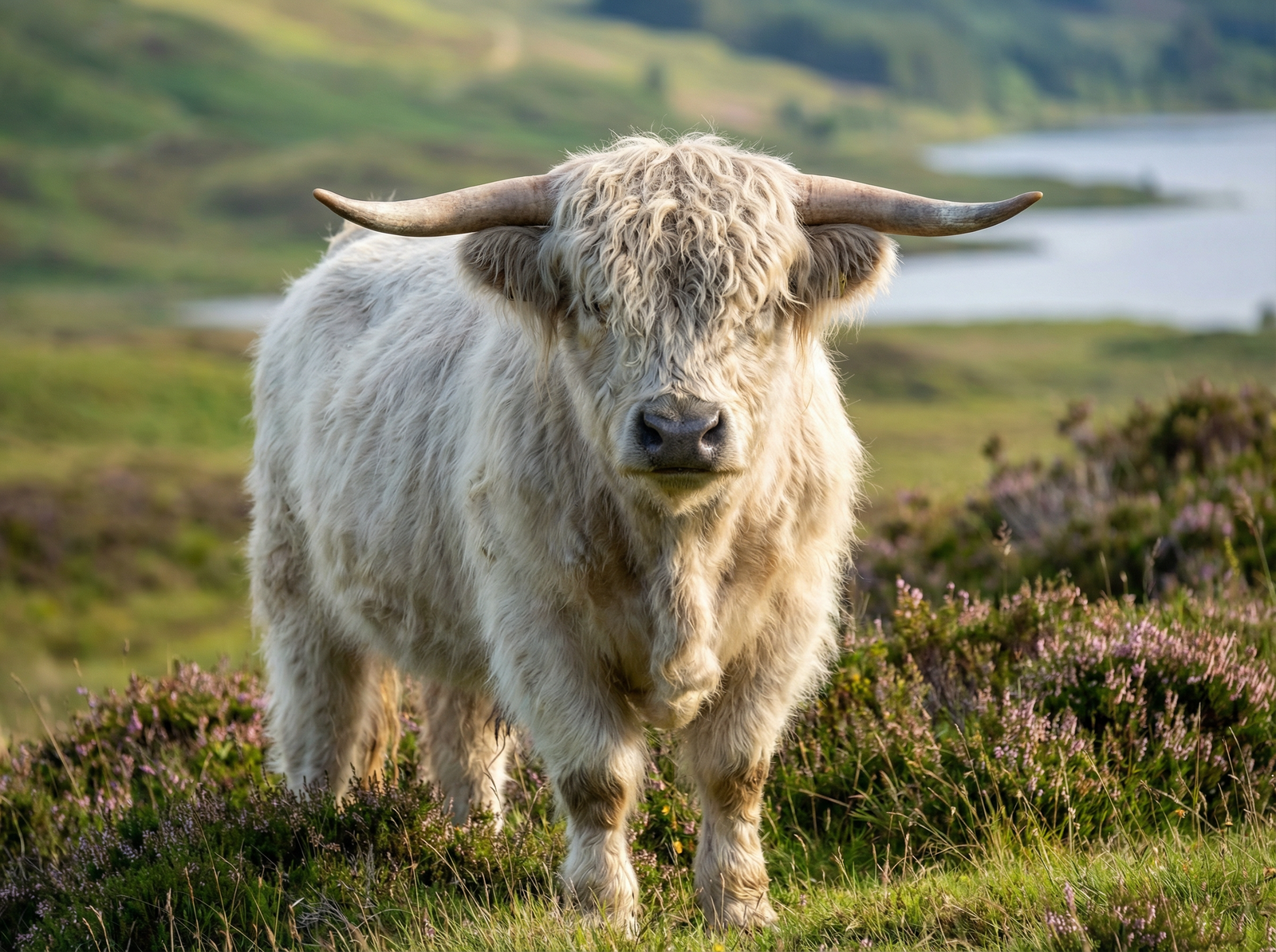 Highland Cattle
Highland Cattle
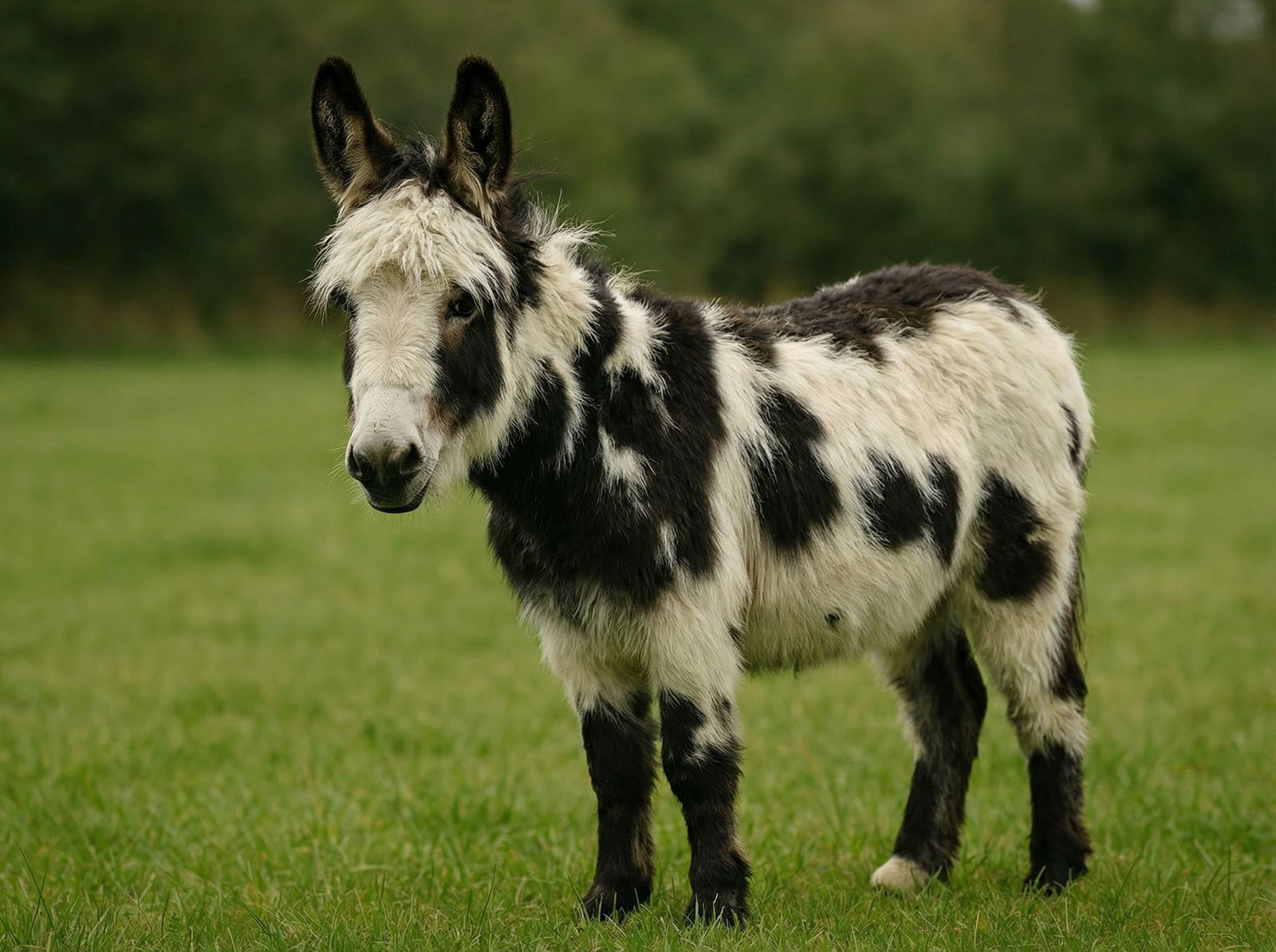 Miniature Donkeys
Miniature Donkeys
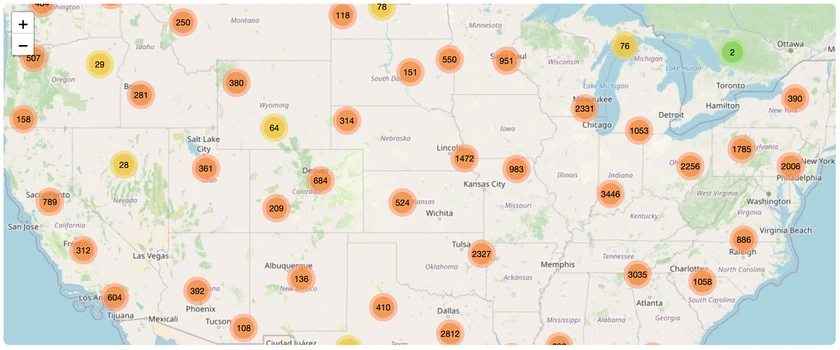 All Species Directory
All Species Directory
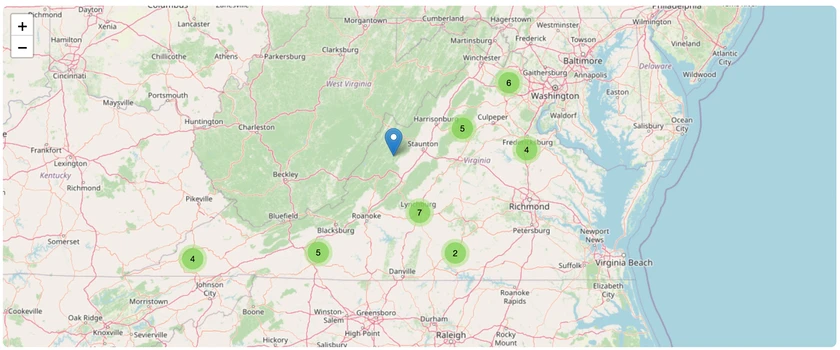 Highland Cattle in Virginia
Highland Cattle in Virginia
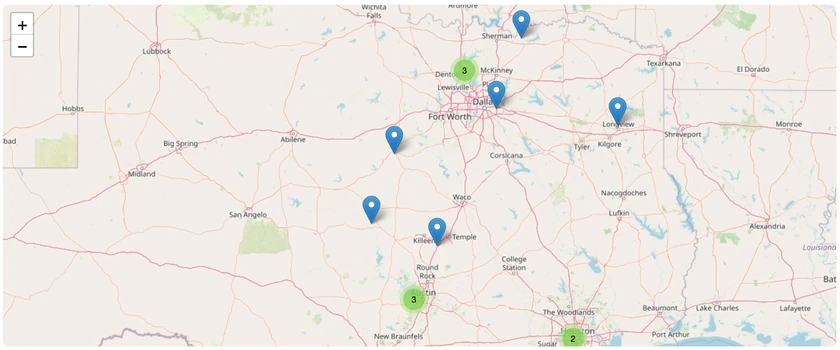 Miniature Donkeys in Texas
Miniature Donkeys in Texas
